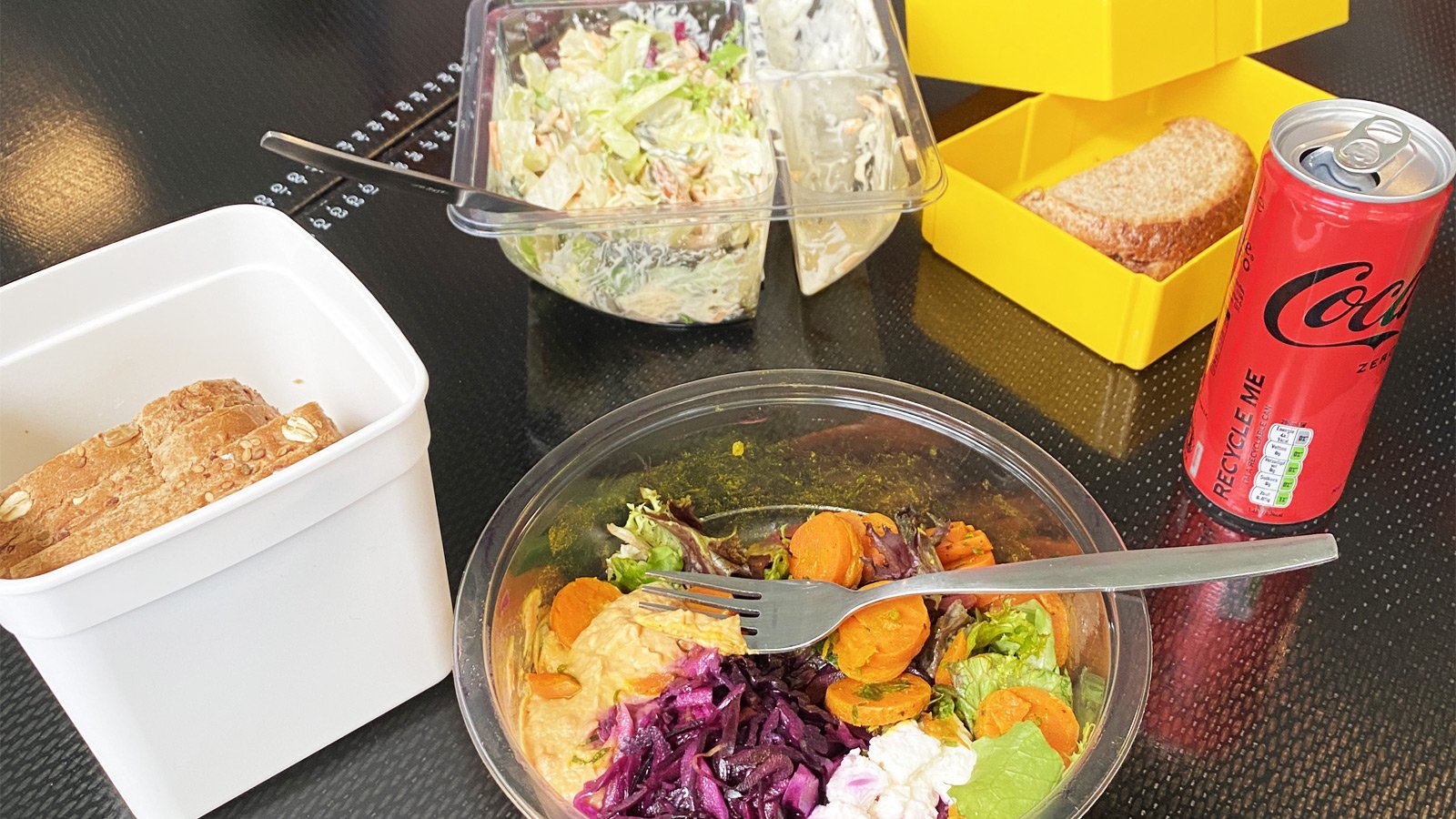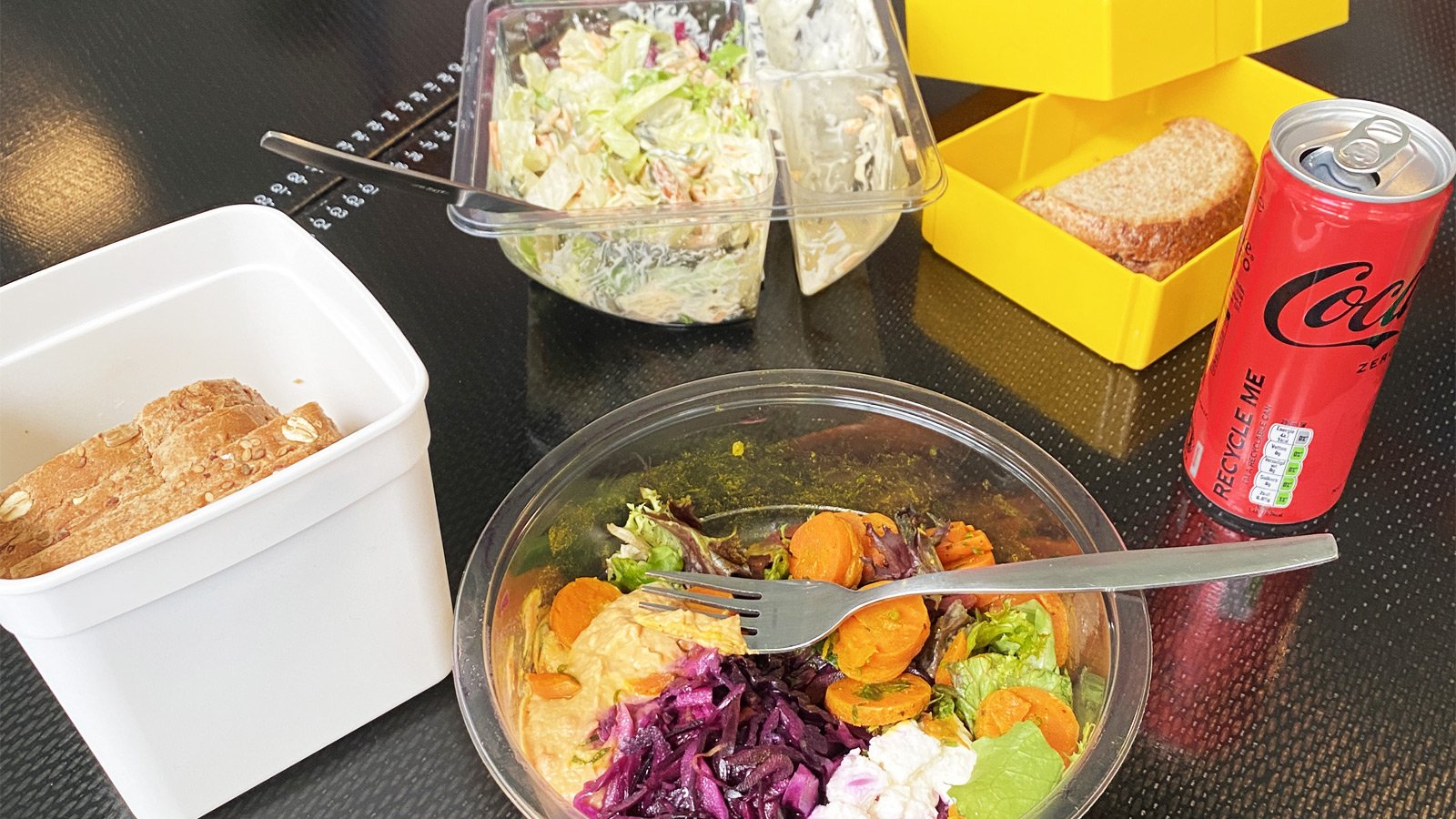In our busy work lives, lunch is often a quick meal we consume on the go or at work. But what actually happens to lunch packaging after we use it? In this blog, we dive into the world of lunch packaging and look at what challenges it poses.
What are lunch boxes?
Lunch containers are bags, bottles and other materials used to package and transport food and beverages for lunch. They can be made of different materials, such as plastic, paper, aluminum foil, glass and biodegradable materials.
How are lunch boxes processed?
The processing of lunch containers depends on the material from which they are made. We look at common materials and how they are processed:
- Plastic: Many lunch boxes are made of plastic, such as disposable plastic bags, bottles and containers. The problem with plastic is that it is not biodegradable and can take hundreds of years to break down. Plastic lunch containers are usually collected and recycled. The recycling process involves sorting, cleaning and shredding the plastic, after which it can be turned into new products.
- Paper and cardboard: Lunch packaging made of paper and cardboard, such as paper bags, sandwich wraps and cardboard boxes, are generally more biodegradable. These packages can be recycled and turned into new paper or cardboard.
- Aluminum foil: Although aluminum foil is recyclable, it is often not collected separately. However, it can be collected and recycled along with other metal waste.
- Glass: Glass lunch containers, such as jars or bottles, can be reused or recycled. Glass is a material that can be infinitely recycled without loss of quality.

The biggest challenge of lunch packaging
- Alternatives: A salad or a healthy sandwich from the supermarket, many lunch containers are made of plastic. Therefore, the biggest challenge is finding suitable alternatives to plastic lunch containers. Although biodegradable and compostable materials are available, they can sometimes be less functional or more expensive than plastic.
- Behavior: Reducing the use of plastic lunch containers also requires behavioral change among consumers, businesses and society as a whole. Awareness, education and promotion of sustainable choices can help address this challenge.
- Recycling: Lunch packaging with multiple materials, such as paper with a plastic or aluminum layer, or plastic with a paper wrapper, presents a challenge for recycling. Separating these materials is difficult and many recycling facilities are not equipped to do so.
Tips or ideas?
Do you have any tips or ideas for preventing waste streams? Let us know! We would like to hear what you are doing to reduce food waste or avoid packaging waste, for example. We will include your suggestions in our next blogs, in which we discuss solutions for various waste streams.









